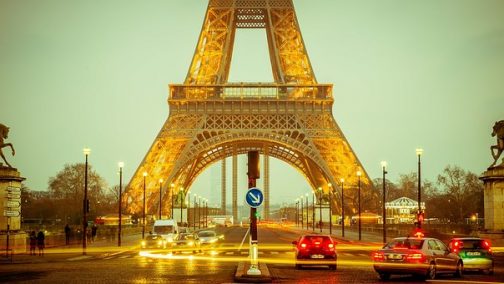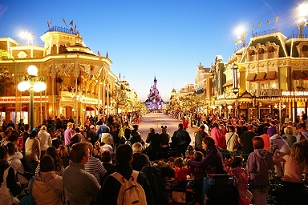Lounging in front of a breast of Duck “a la Orange” in the Le Procope Restaurant and with the sensation of being in the company of famous ghosts, “the city of light” seemed like the party Hemingway describes in his beautiful text.
 Fausto Triana
Fausto Triana
Then the autumn made itself owner of the Saint Germain Boulevard and of all of the City of Light, with a pleasant cold that the exquisite fillet of duck a la orange successfully alleviated to perfection. Afterwards, a French wine, red and Bordeaux, exceeded expectations.
I had passed by Le Deux Magots a few moments earlier, the famous café where Hemingway himself, Pablo Picasso, Jean Paul Sarte, Ernesto Sábato, Simone de Beauvoir, Elsa Triolet and Fernand Léger enjoyed themselves sometimes below the umbrella of André Breton.
Some 300 metres away, establishing distances between surrealists, plastic artists, feminists, Cubists and writers, the Le Procope, founded in 1686 by the Sicilian Francesco Procopio Dei Coitelli, is another of Paris´s greatest glories.
Famous figures in Latin American history like Simón Bolívar, Francisco de Miranda and José Martí, and in his splendour the author of Rayuela, Julio Cortázar used to go there.
The Le Procope Restaurant was also a general headquarters of the romantics from various eras, such as Víctor Hugo, Georges Sand and Alfred de Musset. A seal of approval from Oscar Wilde, Honoré de Balzac, Benjamin Franklin and Napoleón Bonaparte.
And Moliére? At number 12 Rue de l’Ancienne-Comédie his hallmarks are found. Since 1690, it has been the favourite meeting place of actors from the Comédie Française, which was inaugurated one year before in the same area.
 However, the biggest impression was that from the philosophers in “the café conversations” and the ins and outs of the French Revolution.
However, the biggest impression was that from the philosophers in “the café conversations” and the ins and outs of the French Revolution.
Voltaire, Danton, Robespierre, Marat, Corot, Camille Desmoulins, Diderot and Rousseau left their pensive stamps on the walls of the Le Procope. It was the refuge for arguing revolutionary ideas, which later on shook the very foundations of the monarchy. King Louis XVI, initially an admirer of the Le Procope himself, was cautious of the premises soon afterwards. Paris never ends, as the author of “The Old Man and the Sea” put it well. Even in the middle of the economic crisis, the splendid lighting on the Champs Elysee, adorns the 400 trees of the “most beautiful” avenue in the world.
As always, the Eiffel Tower welcomed 2012 with fireworks and the majestic banks of the Seine treasure meeting spaces everywhere thanks to a winter season that for the moment is mild.
Well worthy of a mass, we know without invoking Henry IV. (PL)












.jpg)












